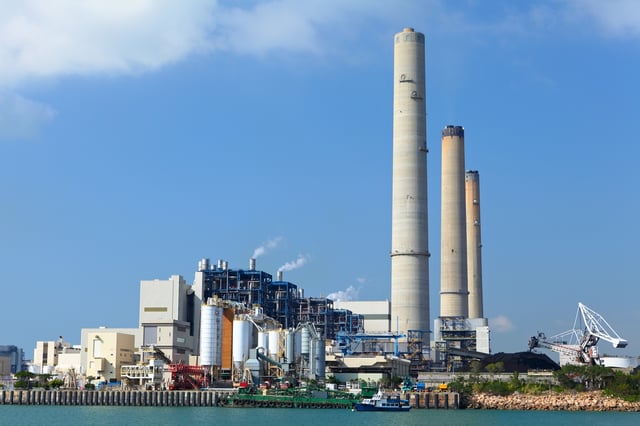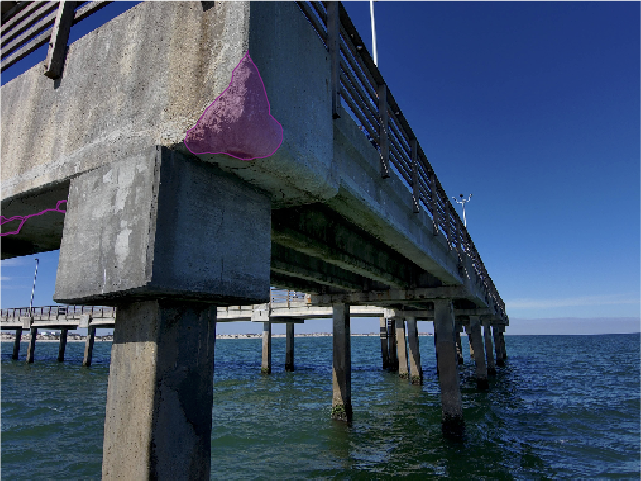Man has known corrosion and its damages since the time mankind started interacting with metals. The great Roman philosopher, Pliny, AD 23-79 (times of Roman Empire being the world's foremost civilization), wrote at length about ferrum corrumpitur (spoiled iron) in the context of extensive use of iron for weaponry and other artifacts of his time.

The history of engineered protection against corrosion is not that old. First use of Cathodic Protection (CP) recorded was in 1824 when British Navy hired the services of Sir Humphry Davy to guard against seawater corrosion damage of Copper sheathing on His Majesty’s warships by the use of iron anodes. CP technique has since been used to control metal surface corrosion by making it the cathode of an electrochemical system – connecting the metal to be protected to a more easily corroded “Sacrificial Anode”.
As a result the sacrificial metal gets corroded instead of the protected metal. CP systems, having external DC electrical power source providing sufficient current, are successfully used today to protect wide range of metallic structures operating in corrosive environment like buried steel water pipelines, oil & gas pipelines, storage tanks and offshore platforms.
Engineers design the oil and gas systems deployed in the most remote areas, offshore platforms and transmission pipelines traversing the harshest and most corrosive environments based on the recommendation provided by International codes, standards and best industrial practices.
They implement best available and recommended solutions to minimize the effect of corrosion during the service life of the system. Despite all these precautionary measures and implementation of CP systems, oil and gas assets need regular inspection during their operational life to maintain risk below the defined threshold.
The inspection ability of operators of oil and gas facilities is often limited by the extremely high cost of inspection for geographically scattered facilities. However, the impact of corrosion related damage on the economy and safe operation of systems is to be seen in the perspective that corrosion losses can become a real impediment to economic growth. To understand such consequences of corrosion following links are provided to incidents which had huge economic impacts:
Ø Corrosion of Natural Gas Pipeline – Rupture near Carlsbad New Mexico August 19, 2000
Ø F-16 Crashes due to Electrical Connectors Corrosion
Ø Piping Rupture Caused by Flow Accelerated Corrosion (FAC)
Ø Pollution by Corroded Oil Pipeline Releases
Ø Prudhoe Bay 2006 Corrosion related Oil Spill
Ø Ohio River Silver Bridge Collapse due to Corrosion, 1967
Ø Sinking of the Corroded Erika Oil Tanker near Brittany, France 1999
The bottom line is that risk of corrosion is always present no matter how effectively a CP system is implemented. For assets managed under Risk Based Inspection (RBI) methodology, it is primarily important to establish Probability of Failure (POF) – the likelihood that a piece of equipment will fail at a given time. Equally important is the Probability of Detection – the likelihood of detection to a characteristic parameter of the flaw, usually its size – which determines the capability of an inspection method to detect flaws. Applications of these concepts (POF and POD) are crucial in determining reliability and fitness-for-service (FFS) of assets. Whether it is RBI or FFS, the ability to detect flaws and knowledge of the flaw location and dimensions is totally dependent on the effectiveness of NDT and inspection techniques used to detect and size flaws.

INSPECTION DRONES CAN HELP
Corrosion is often a hidden process which damages the metal structures silently until the disaster moment which is the worst moment of a system operation. The only viable solution to prevent corrosion damage is early diagnosis of the problem – which in many cases is not a trivial task. There is a lot of published material and available references to describe the science involved in corrosion process and engineering solutions (like CP) meant to limit or delay the damage caused by corrosion, however, the coverage regarding prevention of corrosion through inspection and monitoring has been very limited.
Drone Inspection Services or ROVs (Remotely Operated Vehicles for underwater inspection) fitted with visual cameras and IR cameras can help in implementation of inspections of Oil & Gas assets. There is no doubt that supported by back-end data analyses and processing capabilities, inspection drones are a useful tool for managing corrosion risk. There are intrusive and non-intrusive methods that can produce direct measurement of corrosion rates or that can provide an indirect way of monitoring corrosion by following a variable or a feature related to the corrosion degradation of a system. For oil and gas assets four areas of corrosion monitoring are important:
- monitoring of atmospheric corrosion,
- monitoring of coating damage,
- the monitoring of cathodic protection (CP) systems, and
- effects and monitoring of microbiologically induced corrosion (MIC),
Additionally, for offshore or deep sea platforms CP systems face special challenges for limiting corrosion on metallic structures in marine environments. Monitoring cathodic protection can provide valuable data to owners and operators regarding level of protection and improvements for future designs. As such it is critical that the performance of the CP system on a structure or pipeline can be monitored. Marine environment presents additional challenges from a cathodic protection standpoint like fast currents, cold temperature of water which makes it far less conductive than ambient water. The high velocity water provides constant oxygen replenishment to the steel surface. In addition sand and other particulates are churned into the water column, in effect "blasting" the steel surface, preventing it from forming carbonate layers, which would otherwise decrease current demand.
The harsh marine conditions specified above increases surface corrosion which can be easily detected through visual inspection. However detection of Corrosion Under Insulation (CUI) is very difficult to assess through visual inpection. Use of drone mounted IR cameras and capturing multi-spectral images of insulated components, the thermal signature on a portion of pipe or vessel is identified to be different from the rest of the pipe or vessel – an indication of anomaly and possible corrosion. By installing IRT sensors on drones it is possible to inspect those areas of the offshore structure which are not easily accessible otherwise. The damage inspection is very helpful in modifying or retrofitting of CP systems for offshore platform
Tags
Oil and Gas



.png)
